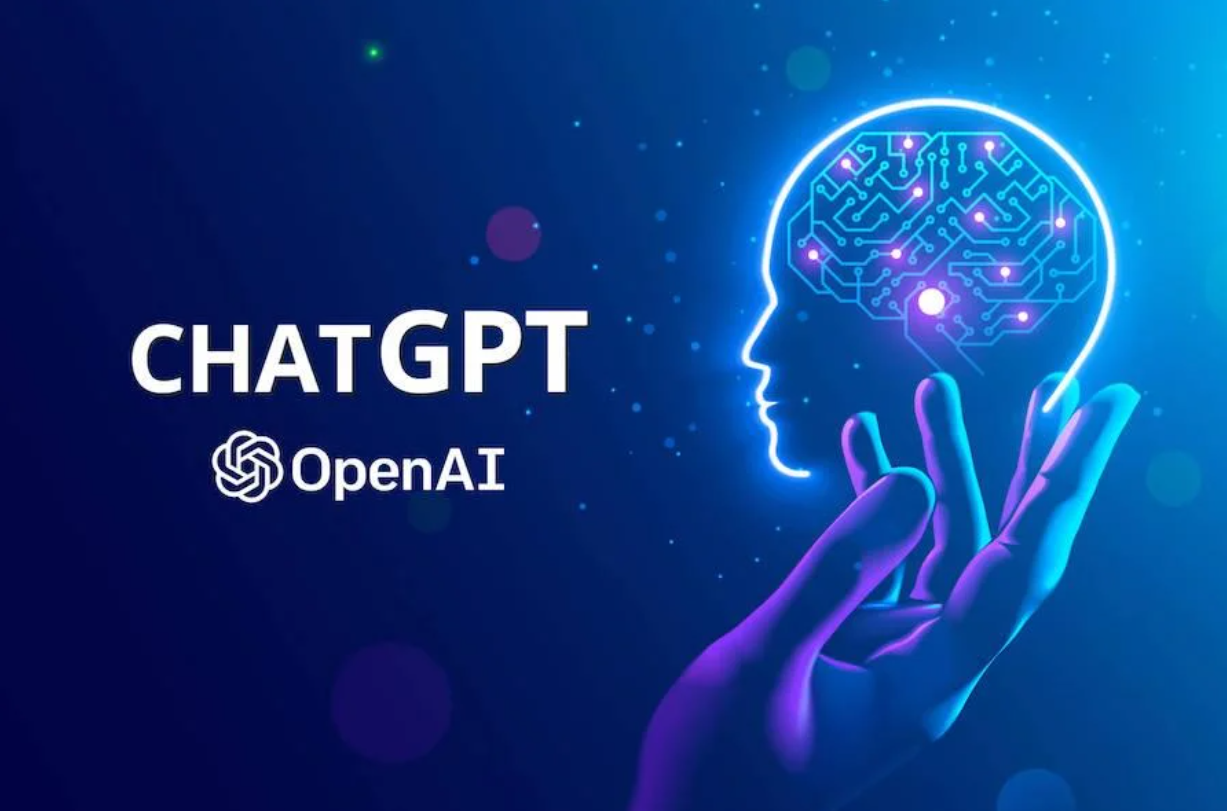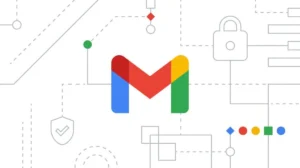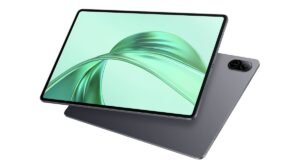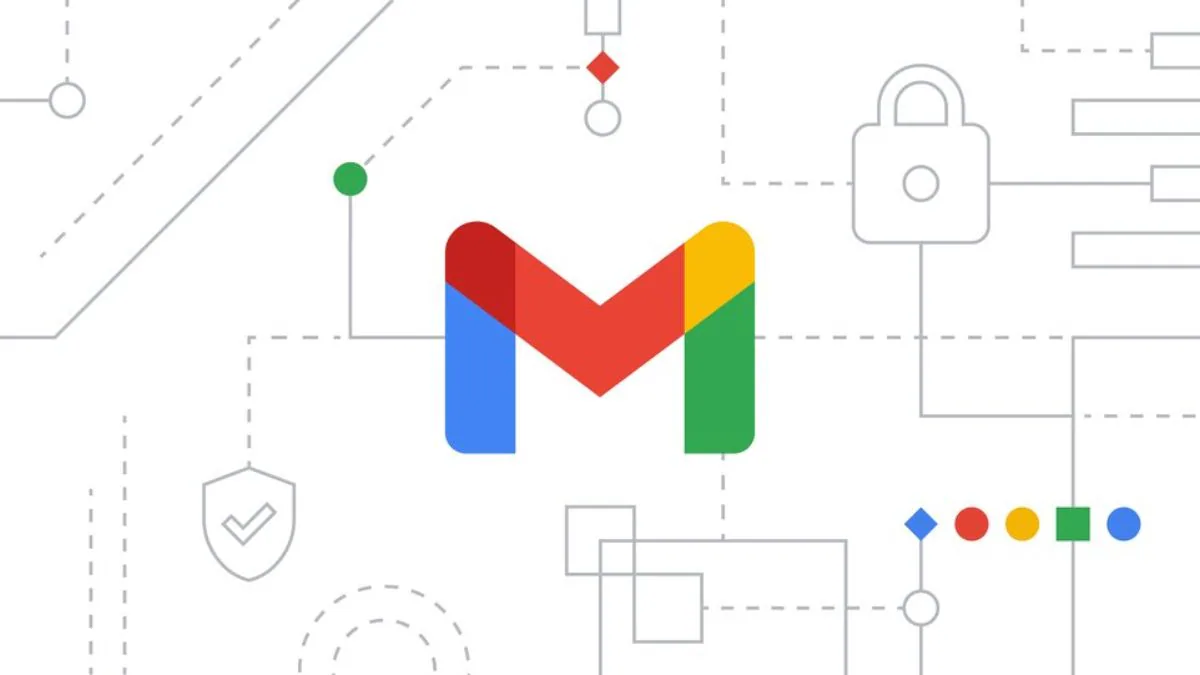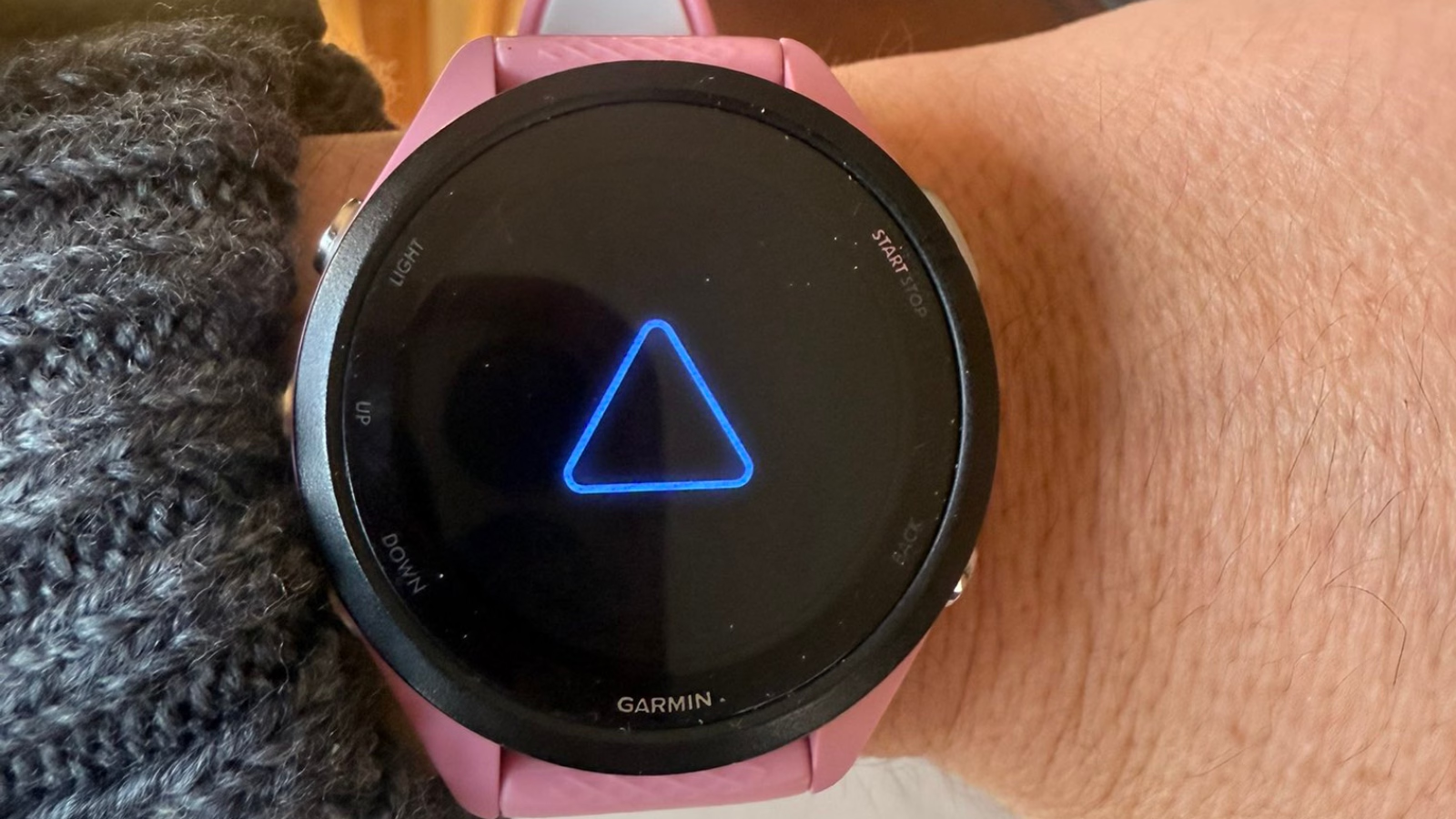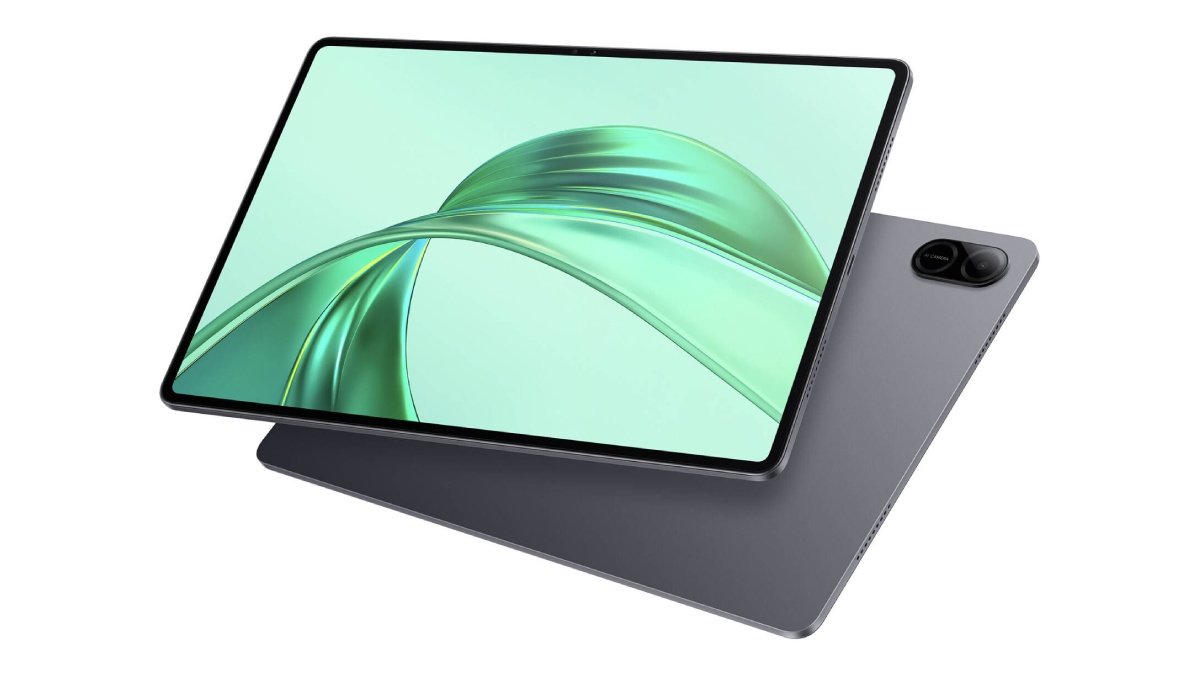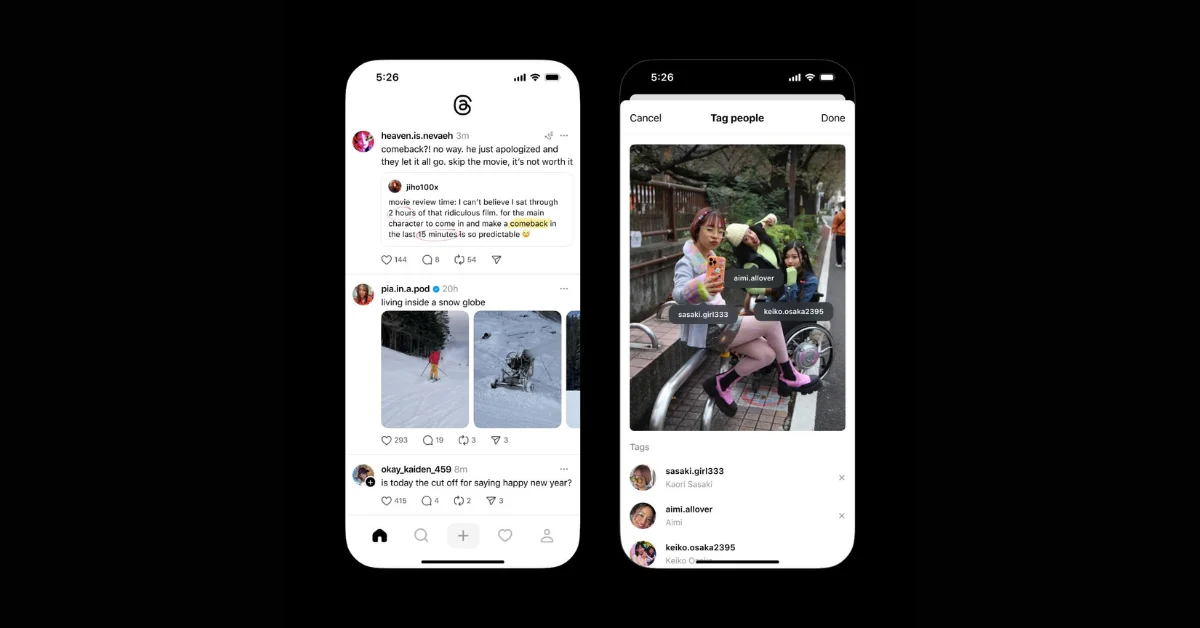OpenAI, renowned for its innovation in artificial intelligence, has once again captured the world’s attention with the release of Sora, a cutting-edge AI that transforms text prompts into highly realistic videos. This breakthrough has generated both enthusiasm for the potential of AI in creative and educational domains and concerns about its implications for misinformation and privacy.
Key Highlights:
- Introduction of Sora: OpenAI’s latest AI system, Sora, can create photorealistic videos up to 60 seconds long from text descriptions, demonstrating capabilities like generating complex scenes with accurate details of subjects and backgrounds.
- Technical Foundation: Sora leverages OpenAI’s existing technologies, including DALL-E and GPT models, combining diffusion models with transformer architecture to achieve high realism in video generation.
- Concerns Over Misinformation: The realism of Sora-generated videos raises alarms about the potential for misuse in creating deepfakes, prompting discussions about the need for stringent safety measures to combat misinformation.
- Safety Measures and Red Teaming: OpenAI is conducting red team exercises and developing tools, including a detection classifier, to identify and mitigate potential abuses of Sora, emphasizing a cautious approach to its release.
- Comparison with Existing AI Models: While similar text-to-video AI technologies have been explored by companies like Google and Meta, Sora stands out for its realistic output and technical sophistication.
- Ongoing Developments: OpenAI acknowledges the current limitations of Sora, including issues with spatial and cause-and-effect relationships, and is actively working on improvements.
OpenAI’s introduction of Sora marks a significant advancement in the field of generative AI, showcasing the ability to create compelling video content from textual descriptions. However, the excitement surrounding Sora’s capabilities is tempered by the recognition of the challenges it presents, particularly in the realm of misinformation and digital ethics.
Technical Advancements and Limitations of Sora:
Sora represents a significant leap in AI-driven content creation, leveraging OpenAI’s prowess in combining diffusion models with transformer architecture for video generation. This approach enables Sora to produce more lifelike and cohesive video content from textual descriptions, albeit with some current limitations, such as occasional inconsistencies in physical interactions within the generated videos.
Ethical and Societal Implications:
The realism of Sora-generated videos brings to light pressing concerns about the potential for creating convincing deepfakes. These concerns underscore the urgent need for robust mechanisms to detect and mitigate misinformation, especially in sensitive contexts like elections or public discourse. OpenAI’s efforts to develop detection classifiers and engage in red teaming exercises reflect an awareness of these risks and a commitment to responsible AI development.
As OpenAI proceeds with caution, conducting safety assessments and engaging with experts to ensure responsible deployment, the broader conversation about the implications of advanced AI tools like Sora continues. Stakeholders across technology, media, and governance are urged to collaborate in addressing the potential risks and ensuring that advancements in AI contribute positively to society.
OpenAI’s commitment to safety and ethical considerations in the development and release of Sora highlights the importance of balancing innovation with responsibility. As Sora moves closer to public availability, the focus remains on harnessing its potential for creative and beneficial applications while safeguarding against its misuse.


